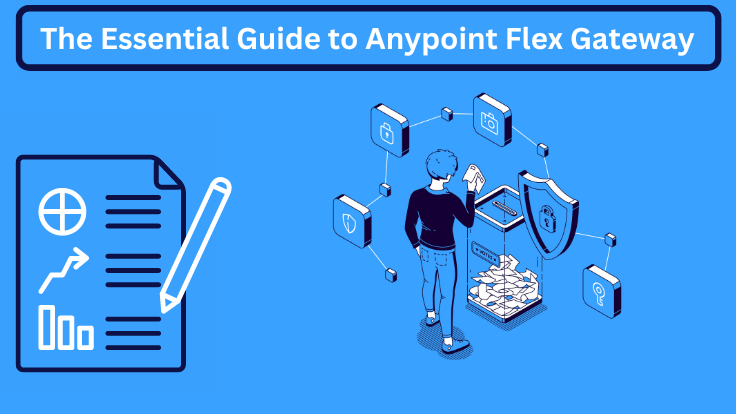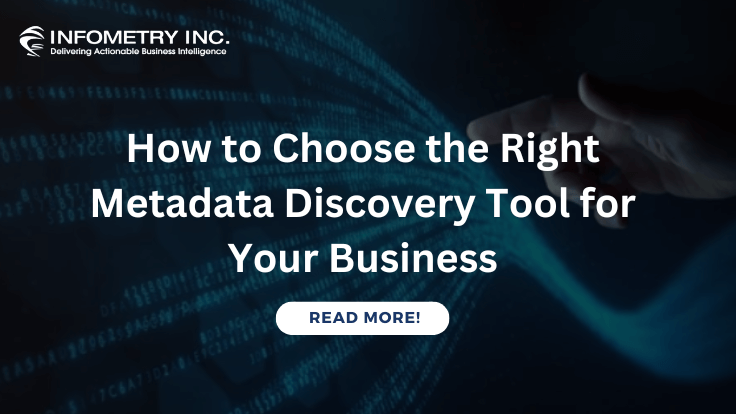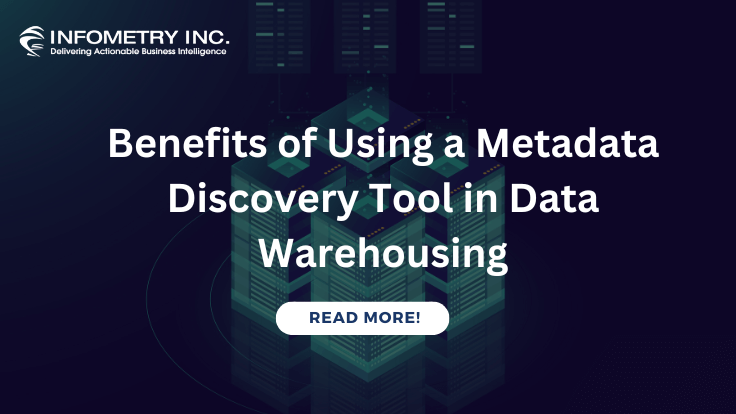
How can Data Analytics and NFTs Work Together?
September 28, 2022
The Essential Guide to Anypoint Flex Gateway
October 11, 2022API-Led Connectivity
Today, Application Programming Interfaces are all over the place. This disruptive technology plays a massive role in getting information from different sources, processing data consistently utilizing various tasks, and conveying rich experiences.
APIs have formed a high level of connectedness that permits us to cooperate, integrate, and innovate fast and efficiently. With API-led connectivity, an enterprise can release its actual capacity and stay competitive in our advanced world. The Forrester Total Economic Impact Study uncovers that MuleSoft customers recovered $5.45 for each $1 contributed to MuleSoft. Tech Giants like Siemens, Mastercard, Unilever, Spotify, and AT&T use MuleSoft to design a network of data and applications.
What Exactly is an API Led Connectivity Refer to?
API Led connectivity is a technique for connecting data to applications through reusable and designated APIs.
These APIs have been created to play a particular role, for example, accessing information from source systems, integrating this information into processes, or providing an experience to the end client.
APIs used to be viewed as conventional tools for developers. But, these days, enterprises aren’t just utilizing them for internal purposes, yet outer ones as well.
Is API-led Connectivity Appropriate for Your Business?
An API-led connectivity strategy can work admirably when future task needs are unsurprising enough for IT organizations to precisely forecast the reuse of APIs. If reuse is high, the return on investment for investing in APIs upfront is also high. If reuse is low, the upfront time and cost to add the three extra API layers can result in a heavyweight foundation that delays and complicates the migration to digital transformation.
Traditional API-led Connectivity Adds the Following Three Layers of APIs:
Experience APIs lie straightforwardly under the user experience interface, for example, a mobile device, IoT, desktop application, etc.
Process APIs, which give access to the custom business logic and data transformation as well as conglomerating APIs from the system Programming interface layer.
System APIs provide access to applications, data sets, and different data sources.
How API-Led Connectivity Strategy Work in your Business?
API-led connectivity is a fundamental component of closing the IT delivery gap. In the conventional point-to-point integration approach, one might need to design the web application to provide the real-world order history and the order status for the sales team to gain clients.
API-Led connectivity uses some principles of Service Oriented Architecture (SOA), yet this strategy is the development of SOA in the self-service utilization of reusable assets. API-Led Connectivity strategy enables engineers to create and recompose the reusable services for developing the projects they consider, rather than top-down heavyweight dictates of customary SOA approaches.
The Collaboration of MuleSoft with Infometry
When paired with Infometry, MuleSoft will enable your association to drive performance, speed up activities, and surge ROI effortlessly.
Infometry is a MuleSoft Silver integration partner, offering cutting-edge integration experiences for enterprises across industries, sizes, and the globe. Infometry offers client-driven integration services, for example, On-Demand Services, permitting you to contribute negligibly where you pay for the services you pick. Integrations will be exceptionally customized, unquestionably helpful, and enterprise-friendly. Organizations that have taken the leap are excited with the results of API integration.
Do write to us if you’re ready to take the digital transformation jump and have any queries. It will be nice to hear from you, and we’ll get back to you at the earliest.




